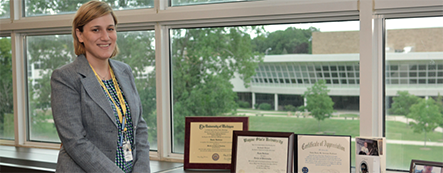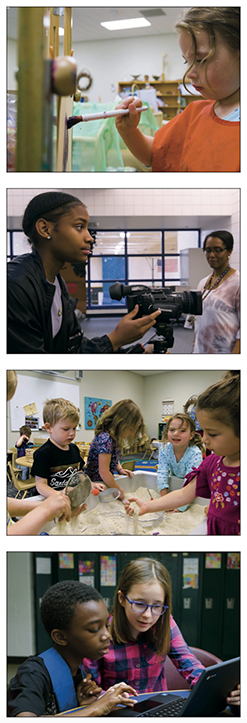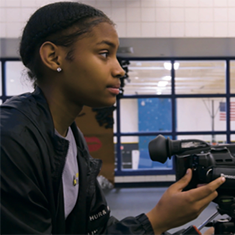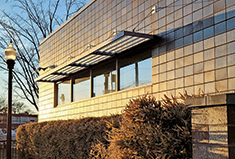Continuous Improvement
Dr. Dania Bazzi, Superintendent
WHEN WE HEAR THE PHRASE “CONTINUOUS IMPROVEMENT,” IT IS SUPERFICIALLY UNDERSTOOD as the practice of trying to do better every day. In education, continuous improvement is more than just a goal or a particular program; it is a driving principle around which we build an entire embedded system. The system consists of tools that regularly gather performance data, study it, plan improvements, and oversee their implementation. The process can only begin with a recognition that what we are doing today won’t accomplish the goals of tomorrow. This is not an indictment of our current performance – improvement is always necessary. In fact, this process must be cyclical: just as change never stops around us, we must never stop changing to adapt to the needs of our students.
particular program; it is a driving principle around which we build an entire embedded system. The system consists of tools that regularly gather performance data, study it, plan improvements, and oversee their implementation. The process can only begin with a recognition that what we are doing today won’t accomplish the goals of tomorrow. This is not an indictment of our current performance – improvement is always necessary. In fact, this process must be cyclical: just as change never stops around us, we must never stop changing to adapt to the needs of our students.
 Systemic continuous improvement is centered on multiple sources of evidence and data points. It is driven by what is taking place across the many functions of schools and systems that impact student outcomes and achievement. These functions include teaching and learning, but also resource distribution, school climate and culture, and governance. Evidence is used to make short and long-term plans that are also regularly adjusted by the many overlapping and intersecting communities represented within our schools.
Systemic continuous improvement is centered on multiple sources of evidence and data points. It is driven by what is taking place across the many functions of schools and systems that impact student outcomes and achievement. These functions include teaching and learning, but also resource distribution, school climate and culture, and governance. Evidence is used to make short and long-term plans that are also regularly adjusted by the many overlapping and intersecting communities represented within our schools.
The world is ever-changing, yet the school setting in many places looks the same as it did 30 years ago. How can we better adapt to the needs of our students? Continuous improvement seeks to provide a means to keep pace with the advancements in our society. According to the US Department of Labor, 65% of students today will be working in jobs that don’t yet exist. Even right now, much of our workforce is employed in positions that didn’t exist 20 years ago.
So you can see, the challenge set before our teachers is great: How can we teach our students to be prepared for jobs that don’t even exist? We teach them to be lifelong learners, giving them the ability to think critically, solve problems, and meet new demands as they occur. The system and practices of continuous improvement make that possible, while also setting the example for how lifelong learning can improve outcomes. Students in Ferndale Schools learn to regularly gather data, analyze it, plan improvements, and implement them.
In my career as an educator, I can’t tell you how many times I have asked, “Why do we do it this way?” All too often, the answer has come back, “Because that’s the way we have always done it.” This answer is not enough, and we have to have the courage to push back. The future depends on us to prepare the next generation for incredible challenges we cannot predict.
Continuous improvement is complicated and challenging. It requires regular reflection and course correction; it is the opposite of a silver bullet. A robust system allows schools to look at improvement every day. We are working towards the unimaginable, the unthinkable. We do not have all the answers. It can be frightening to admit this, and to face the unknown. It is time we become fearless in our leadership and stop seeing failure as a reason to blame, and begin seeing it as a means to improve.



